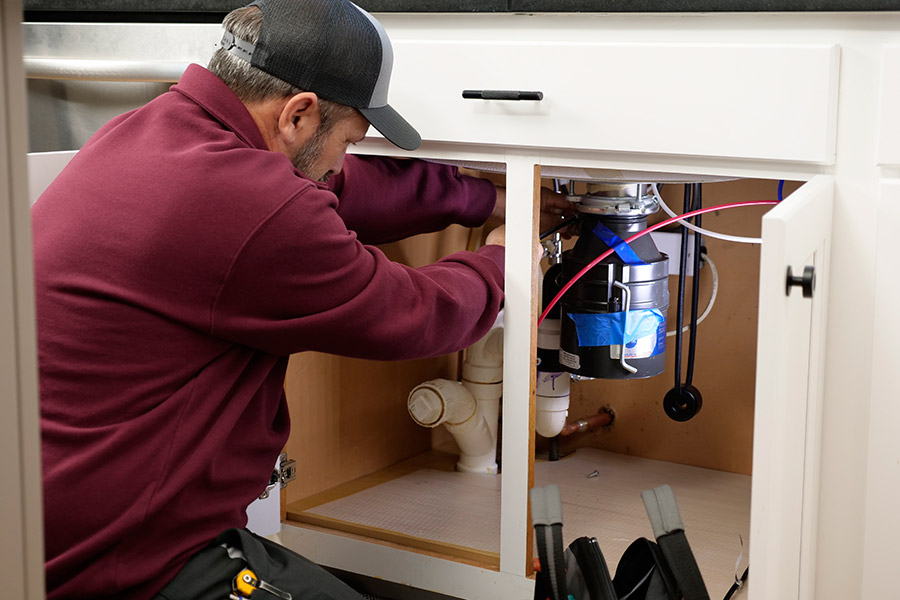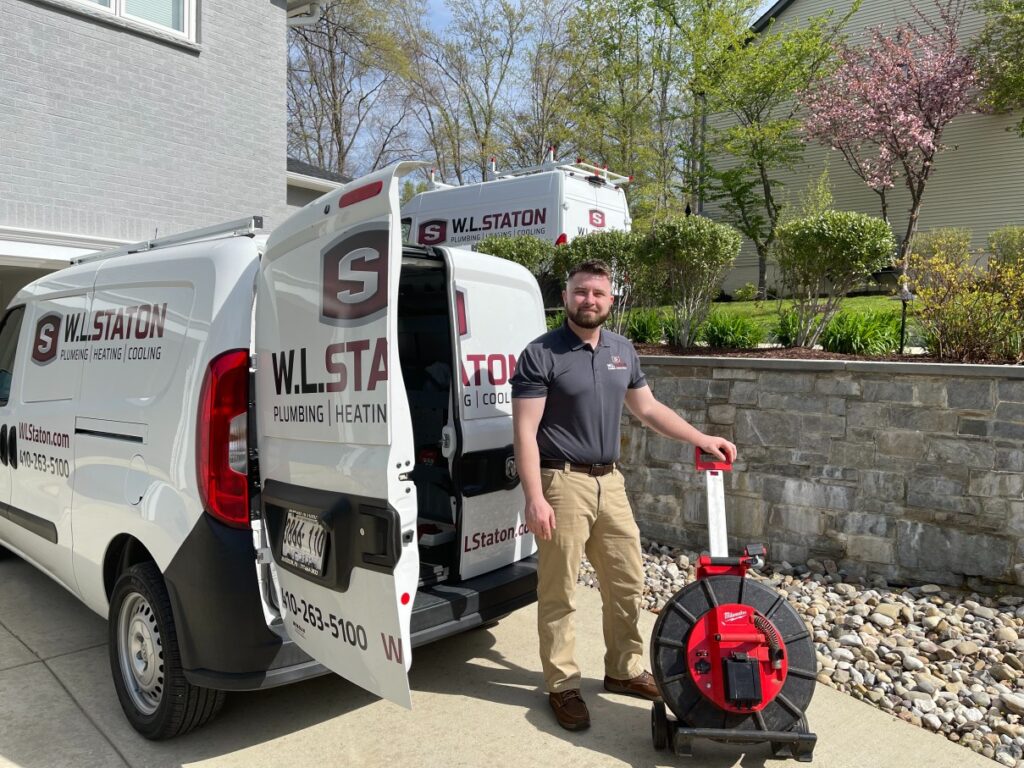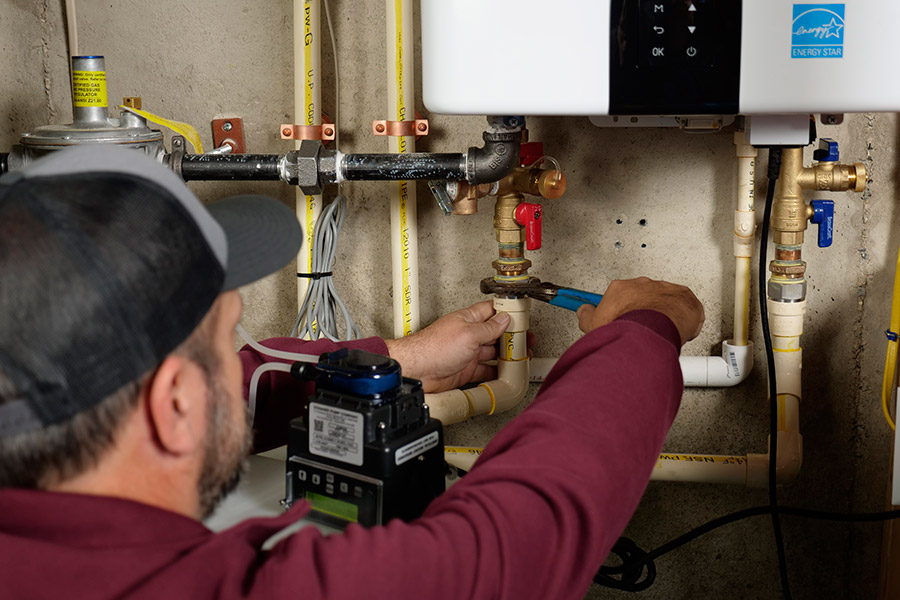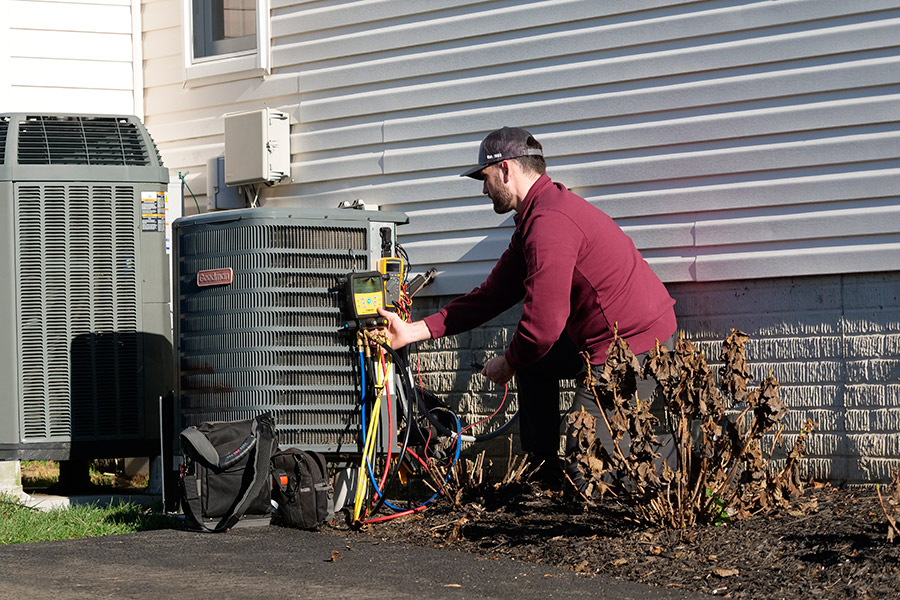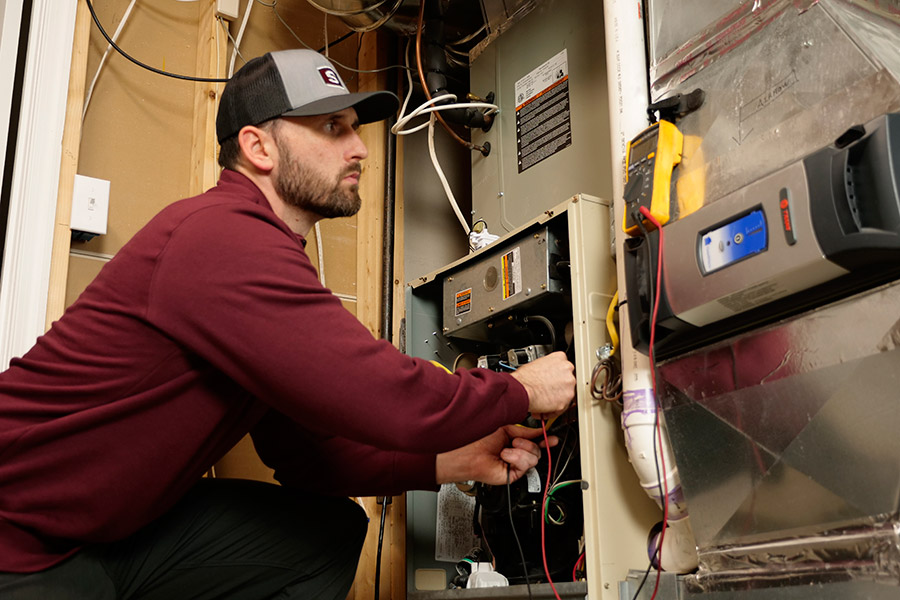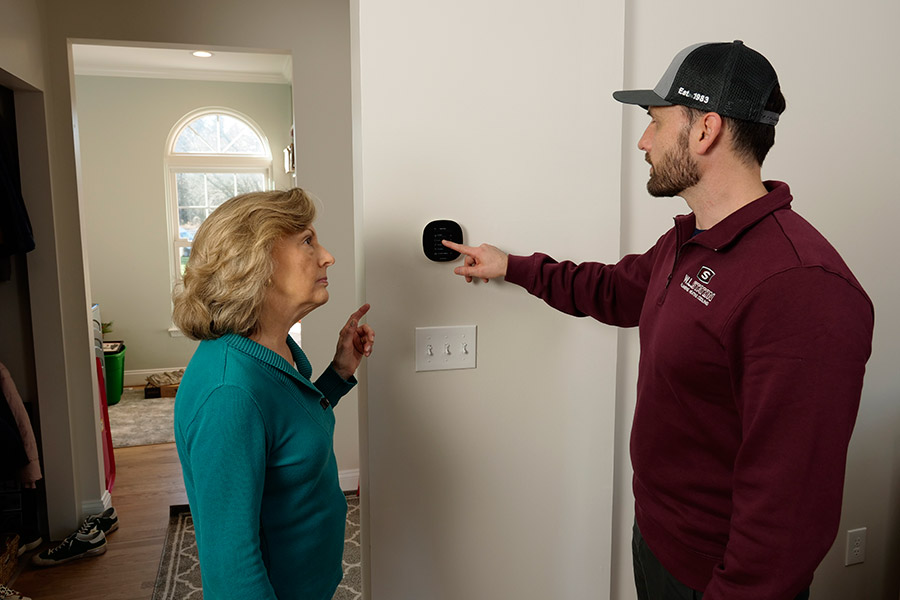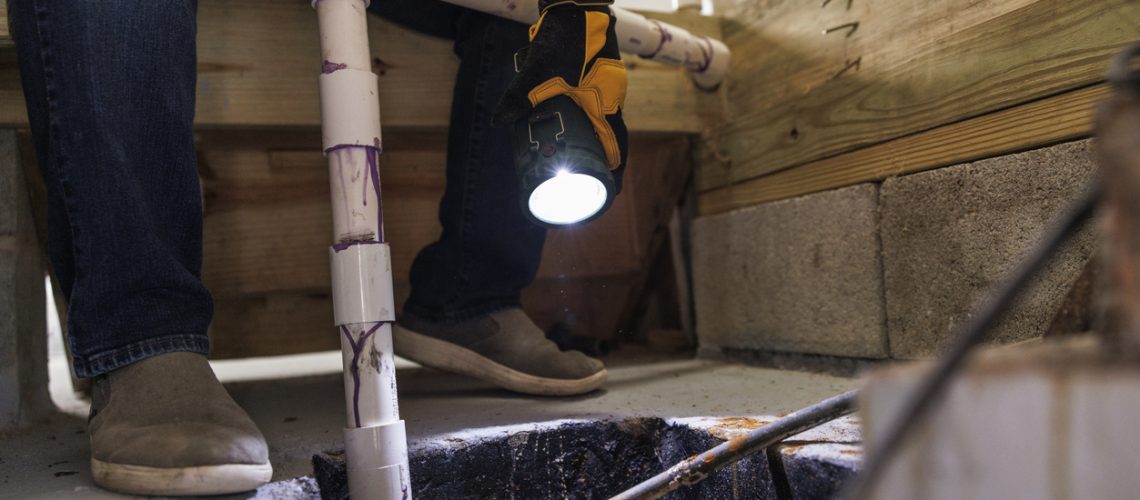If you’re a homeowner, particularly one with a basement, you’ve likely heard of a sump pump. But what is a sump pump, and why do you need one? This essential device can protect your home from the damaging effects of flooding and excess moisture. In this blog post, we’ll delve into the details of sump pumps, their importance, and why you should consider having one installed.
What is a Sump Pump?
A sump pump is a device designed to remove water that accumulates in a sump pit, typically found in the basements of homes. The sump pit, a basin constructed to collect water, is usually located at the lowest point of the basement or crawl space. The primary function of a sump pump is to keep the area beneath your home dry and prevent flooding. When the water level in the sump pit rises to a certain level, the sump pump activates and pumps the water out of the pit and away from your home, usually to a municipal storm drain or a dry well.
How Does a Sump Pump Work?
Understanding how a sump pump works can help you appreciate its role in safeguarding your home. The process is straightforward:
- Water Collection: Groundwater or rainwater accumulates around your home’s foundation and flows into the sump pit through drains or natural soil migration.
- Activation: As the water level in the sump pit rises, a float switch on the sump pump is triggered. This switch turns on the pump.
- Water Removal: The pump draws water from the sump pit and channels it through pipes leading away from your home. This prevents water from overflowing into your basement.
- Automatic Shutoff: Once the water level in the pit drops below a certain point, the float switch deactivates the pump, stopping the water removal process until the pit fills up again.
Types of Sump Pumps
There are two main types of sump pumps: submersible and pedestal.
- Submersible Sump Pump: This type of pump is designed to be placed inside the sump pit and submerged in water. It is quieter and takes up less space, making it ideal for finished basements.
- Pedestal Sump Pump: In contrast, a pedestal sump pump sits above the sump pit, with only the hose extending into the pit. These pumps are easier to access for maintenance but can be noisier than submersible models.
Why Do You Need a Sump Pump?
Having a basement sump pump is crucial for several reasons:
- Flood Prevention: The most obvious benefit of a sump pump is its ability to prevent basement flooding. Heavy rains, rapid snowmelt, and rising groundwater levels can lead to significant water accumulation in your basement. A sump pump actively removes this water, protecting your home from flood damage.
- Mold and Mildew Prevention: Excess moisture in your basement can lead to mold and mildew growth, which can cause health issues and structural damage. A sump pump helps keep your basement dry, reducing the risk of mold and mildew.
- Foundation Protection: Water pooling around your home’s foundation can weaken its structural integrity over time. By diverting water away from your home, a sump pump helps maintain the strength and stability of your foundation.
- Property Value: Homes with effective water management systems, including sump pumps, are more attractive to potential buyers. A sump pump can increase your home’s value by providing peace of mind that the basement is protected from water damage.
Signs You Need a Sump Pump
Not sure if you need a sump pump? Here are some signs that your home could benefit from one:
- Frequent Basement Flooding: If your basement regularly floods during heavy rains, a sump pump can help prevent future water damage.
- Visible Water in the Basement: Standing water or damp areas in your basement indicate poor drainage, which a sump pump can address.
- Musty Odors: Persistent musty smells in your basement may indicate mold and mildew, often due to excess moisture. A sump pump can help eliminate this problem.
- Cracks in the Foundation: Water damage can cause foundation cracks. If you notice new or worsening cracks, a sump pump might be necessary to manage water around your home.
Installation and Maintenance
Installing a sump pump involves creating a sump pit, positioning the pump, and setting up the necessary discharge pipes. While some homeowners may choose to install a sump pump themselves, professional installation ensures proper setup and operation.
Once installed, regular maintenance is essential to keep your sump pump functioning optimally. This includes:
- Testing the Pump: Periodically test your sump pump by pouring water into the pit to ensure it activates and removes the water.
- Cleaning the Pit: Remove debris from the sump pit to prevent clogs and maintain efficient pump operation.
- Checking the Discharge Pipe: Ensure the discharge pipe is clear and directs water away from your home without obstruction.
Conclusion
A sump pump is an invaluable investment for any homeowner, particularly those with basements prone to flooding. By understanding what a sump pump does and how it works, you can better appreciate its role in protecting your home from water damage, mold, and foundation issues.
For all your plumbing needs, including sump pump installation and maintenance, contact W.L. Staton Plumbing. Our team of experts is ready to help you keep your home safe and dry.

